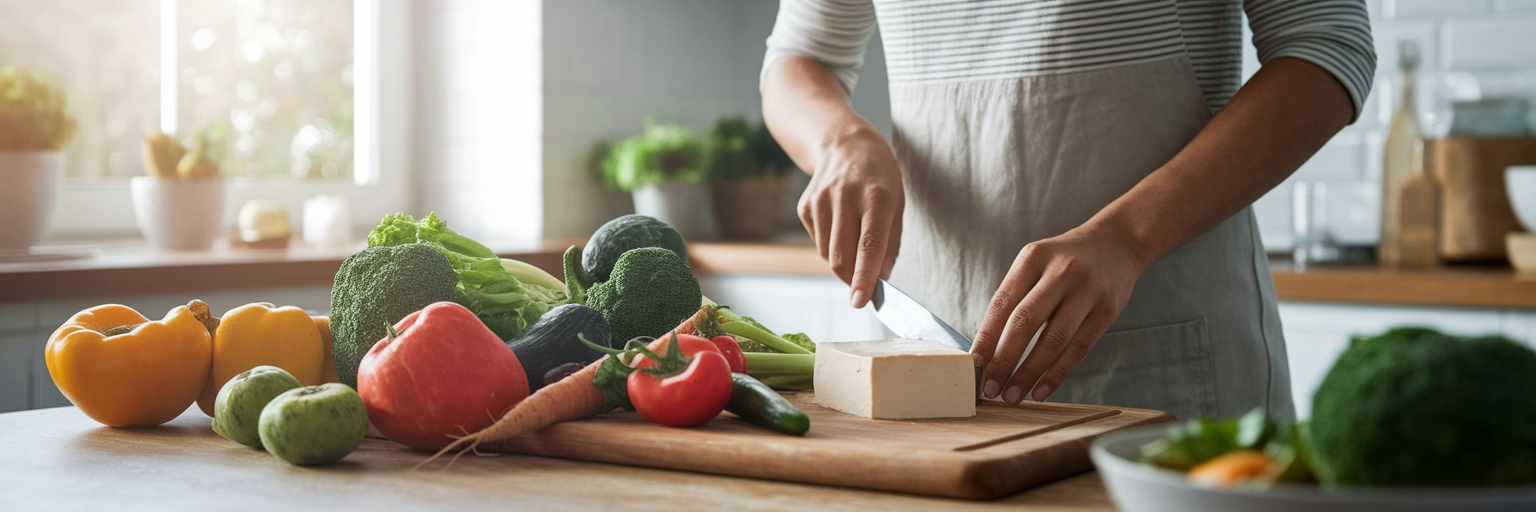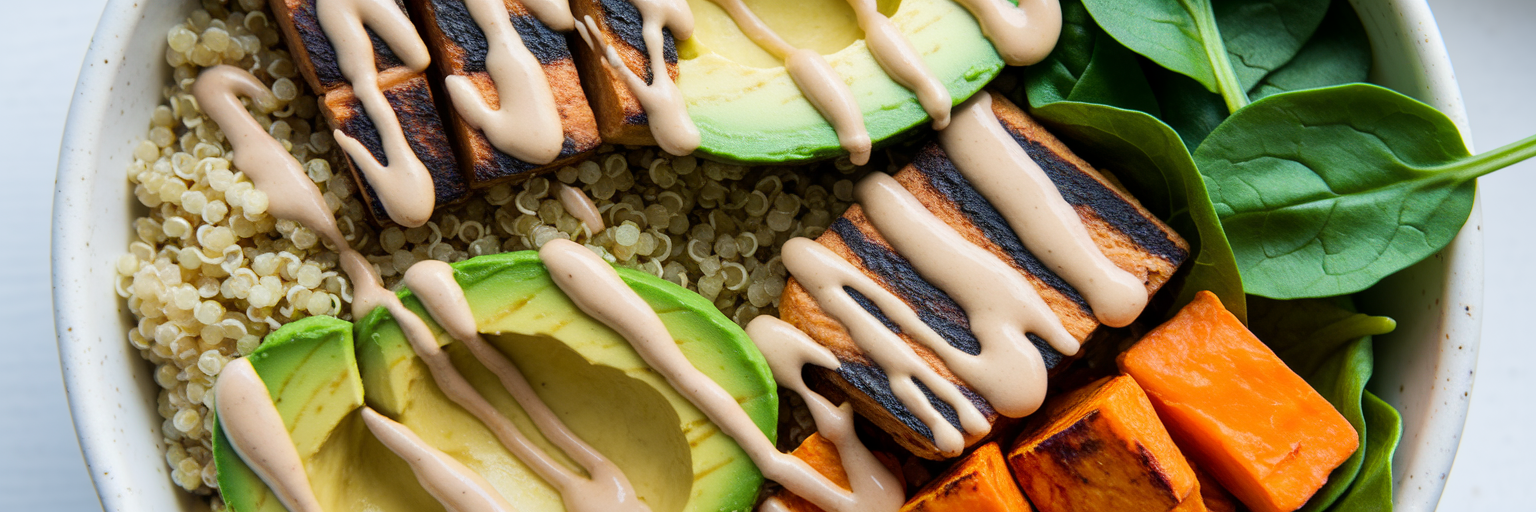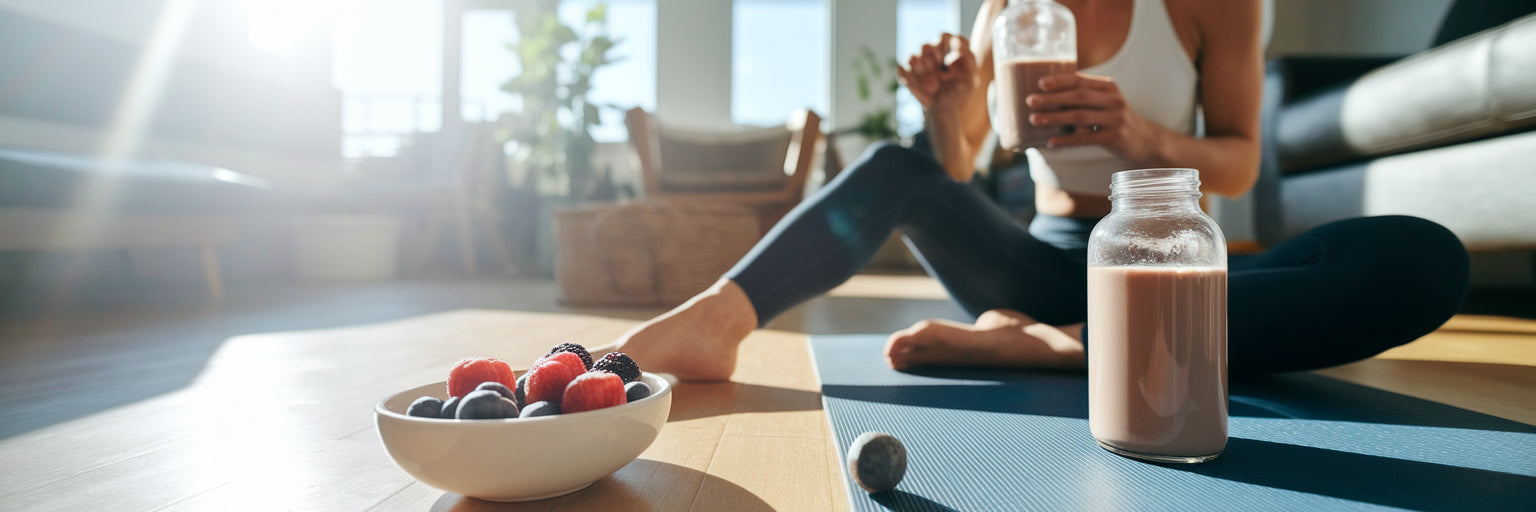We’ve all been there. You start a new eating plan with the best intentions, only to find yourself thinking about your next meal just an hour after your last one. That constant feeling of hunger can derail even the most motivated person. But what if the solution wasn't about eating less, but about eating smarter? This is where protein steps in, especially for those on a plant-based journey.
Why Protein Is a Weight Management Powerhouse
Think of your daily food intake like building a fire. Carbohydrates and fats are like kindling, they burn quickly and you need to add more to keep the fire going. Protein, on the other hand, is the slow-burning log. It’s the most filling nutrient, keeping you feeling satisfied and steady for hours after a meal. This feeling of fullness, or satiety, is your greatest ally in managing weight without feeling deprived.
But protein’s benefits don’t stop there. Your body actually uses more energy to digest protein compared to fats and carbs. This is known as the Thermic Effect of Food (TEF). While it’s not a magic bullet, this small metabolic boost adds up over time, contributing to your overall energy expenditure. It’s like getting a little extra credit for your metabolism just by choosing a protein-rich meal.
Perhaps most importantly, getting enough protein is essential for preserving lean muscle mass while your body loses fat. Why does this matter? Muscle is metabolically active tissue, meaning it burns more calories at rest than fat does. Protecting your muscle helps keep your metabolism humming along, making it easier to maintain your results long-term. The great news is that a well-planned approach to vegan protein for weight loss provides all these powerful benefits, setting you up for sustainable success.
The Unique Advantages of Plant-Based Protein

Moving beyond the general benefits of protein, let's talk about what makes plant-based sources so special for weight management. One of their standout qualities is how they help you learn how to reduce cravings naturally. Plant proteins work with your body to regulate hunger hormones, helping to decrease ghrelin (the hormone that shouts "I'm hungry!") and increase peptides that signal fullness. This hormonal balancing act is why a hearty lentil soup can feel so deeply satisfying and keep afternoon snack attacks at bay.
Here’s another major advantage built right in: fiber. Unlike animal-based proteins, most vegan sources like beans, lentils, and chickpeas are loaded with it. This protein-and-fiber combination is a true powerhouse. Fiber slows down digestion, which promotes stable blood sugar levels and prevents the energy crashes that often lead to reaching for sugary snacks. A healthy gut microbiome, fed by all that fiber, is also increasingly linked to better weight regulation.
A common question we hear is, "Will I lose muscle on a vegan diet?" It's a valid concern, but the science is reassuring. The many plant based protein benefits include excellent muscle maintenance. In fact, a review in the journal Obesity Medicine highlights that well-planned plant-based diets support weight loss while preserving lean muscle mass, thanks to their high protein and fiber content. This confirms that you can absolutely build and maintain a strong, healthy body with plants.
Building Your High-Protein Vegan Plate
Understanding the benefits is one thing, but putting it into practice is what truly matters. Creating high protein vegan meals is easier than you might think once you know which ingredients to reach for. It’s all about stocking your kitchen with a few key players and learning simple ways to incorporate them into your daily routine.
Your Go-To Protein All-Stars
Here are some of the best vegan protein sources to keep on hand. They are versatile, affordable, and packed with nutrition.
- Lentils: One cup of cooked lentils packs about 18 grams of protein and is fantastic in soups, salads, and veggie burgers.
- Chickpeas: With around 15 grams of protein per cooked cup, chickpeas are perfect for making hummus, roasting for a crunchy snack, or tossing into salads.
- Tofu & Tempeh: These soy-based powerhouses are protein champions. A cup of firm tofu offers about 40 grams, while tempeh provides around 34 grams along with gut-friendly probiotics.
- Seitan: Made from wheat gluten, seitan has a remarkably meat-like texture and boasts about 25 grams of protein per 3-ounce serving.
- Quinoa: A complete protein, quinoa delivers all nine essential amino acids and offers 8 grams of protein per cooked cup, making it an excellent base for any meal.
Easy Ways to Boost Your Intake
You don't need to overhaul your entire diet overnight. Small additions can make a big difference. Try sprinkling hemp seeds (about 10 grams of protein per 3 tablespoons) on your avocado toast or salad. A spoonful of almond butter in your morning oatmeal or a base of quinoa instead of plain rice can significantly increase the protein content of your meals without much extra effort.
The Convenience of Vegan Protein Powders
Let’s be realistic, life gets busy. On days when a home-cooked meal isn't possible, a high-quality vegan protein powder can be an incredibly helpful tool. It’s a convenient way to ensure you meet your protein goals, especially after a workout or for a quick breakfast smoothie. When choosing one, always check the label for minimal ingredients and low sugar content. If you're curious about what to look for, exploring a guide on the best protein powders can help you choose wisely.
| Protein Source | Protein per Cup (Cooked) | Key Benefit | Best For |
|---|---|---|---|
| Lentils | 18g | High in fiber and iron | Soups, salads, and veggie burgers |
| Chickpeas | 15g | Versatile and budget-friendly | Salads, hummus, and roasted snacks |
| Tofu (Firm) | 40g | Absorbs flavors well | Scrambles, stir-fries, and baking |
| Tempeh | 34g | Rich in probiotics | Sandwiches, bowls, and grilling |
| Quinoa | 8g | Complete protein with all 9 essential amino acids | Meal bases, salads, and side dishes |
Note: Protein content is approximate and can vary by brand and preparation method. This table provides a quick reference to help you build balanced, high-protein vegan meals. For some delicious and practical ideas, check out these 3 easy vegan protein recipes you'll actually crave.
Smart Nutrient Pairings for Optimal Results

To truly get the most out of your meals, it helps to think like a nutritionist and pair nutrients strategically. This isn’t about complicated rules, but about creating synergy on your plate. As we've discussed, the ultimate satiety duo is protein and fiber. When you pair a protein source like black beans with fibrous vegetables like bell peppers and broccoli, you create a meal that digests slowly, providing a steady release of energy and keeping you full for hours.
Next, let's bring healthy fats into the mix. Pairing your protein with fats from sources like avocado, nuts, seeds, or olive oil is crucial. These fats not only contribute to feeling satisfied but are also essential for absorbing fat-soluble vitamins (A, D, E, and K) and supporting healthy hormone function. A diet that’s too low in fat can leave you feeling unsatisfied and disrupt your body's natural balance.
Here’s a simple formula for building a perfectly balanced and satisfying meal: Main Protein + Fibrous Veggies + Healthy Fat + Complex Carb Imagine a vibrant bowl with grilled tempeh (protein), roasted Brussels sprouts (veggies), a drizzle of tahini dressing (fat), and a scoop of quinoa (carb). It’s a delicious combination that checks all the boxes. For an even quicker option, like a post-workout smoothie, a scoop of a clean protein powder like our rich chocolate vegan protein can serve as your base, blended with spinach, almond butter, and a banana.
Simple Meal Planning and Prep Strategies
Consistency is the secret to long-term success, and the best way to stay consistent is to make things easy for yourself. A little planning goes a long way in making a high-protein vegan lifestyle feel effortless rather than overwhelming. Here are a few simple strategies for effective vegan meal prep for weight loss.
- Embrace Batch Cooking. Dedicate an hour or two on the weekend to prepare a few staples. Cook a large pot of lentils or quinoa, bake a block of tofu, and roast a tray of your favorite vegetables. Having these components ready in the fridge means you can assemble a healthy, protein-packed meal in minutes during a busy week.
- Use Versatile Ingredients. Simplify your grocery list by choosing ingredients that can pull double or triple duty. A can of chickpeas, for example, can be tossed into a salad for lunch, roasted with spices for a crunchy afternoon snack, or mashed with avocado for a quick sandwich filling.
- Picture a High-Protein Day. Sometimes it helps to see what it looks like in practice. A sample day might be: a tofu scramble for breakfast, a large salad topped with chickpeas and seeds for lunch, a hearty lentil curry for dinner, and a vegan protein shake as a convenient snack. This simple structure ensures you’re getting steady protein all day long.
Why not try one of these tips this week? Batch cook some quinoa or roast some chickpeas and see how it transforms your weekday meals. We'd love to hear how it goes in the comments below!
Your Path to Sustainable Success
Making positive changes to your health should feel empowering, not restrictive. As we've seen, vegan protein is an incredible tool for weight management because it helps you feel full and satisfied, supports your metabolism by preserving muscle, and keeps cravings in check. The key is to focus on whole, minimally processed foods that nourish your body from the inside out.
Remember, this is a journey, and consistency will always be more important than perfection. Listen to your body, find the plant-based proteins you genuinely enjoy, and build a routine that feels good for you. Small, sustainable habits are what lead to lasting results.
If you're ready to support your wellness goals with high-quality, delicious options, we invite you to explore our curated selection of plant-based products designed to make your health journey both simple and enjoyable.



